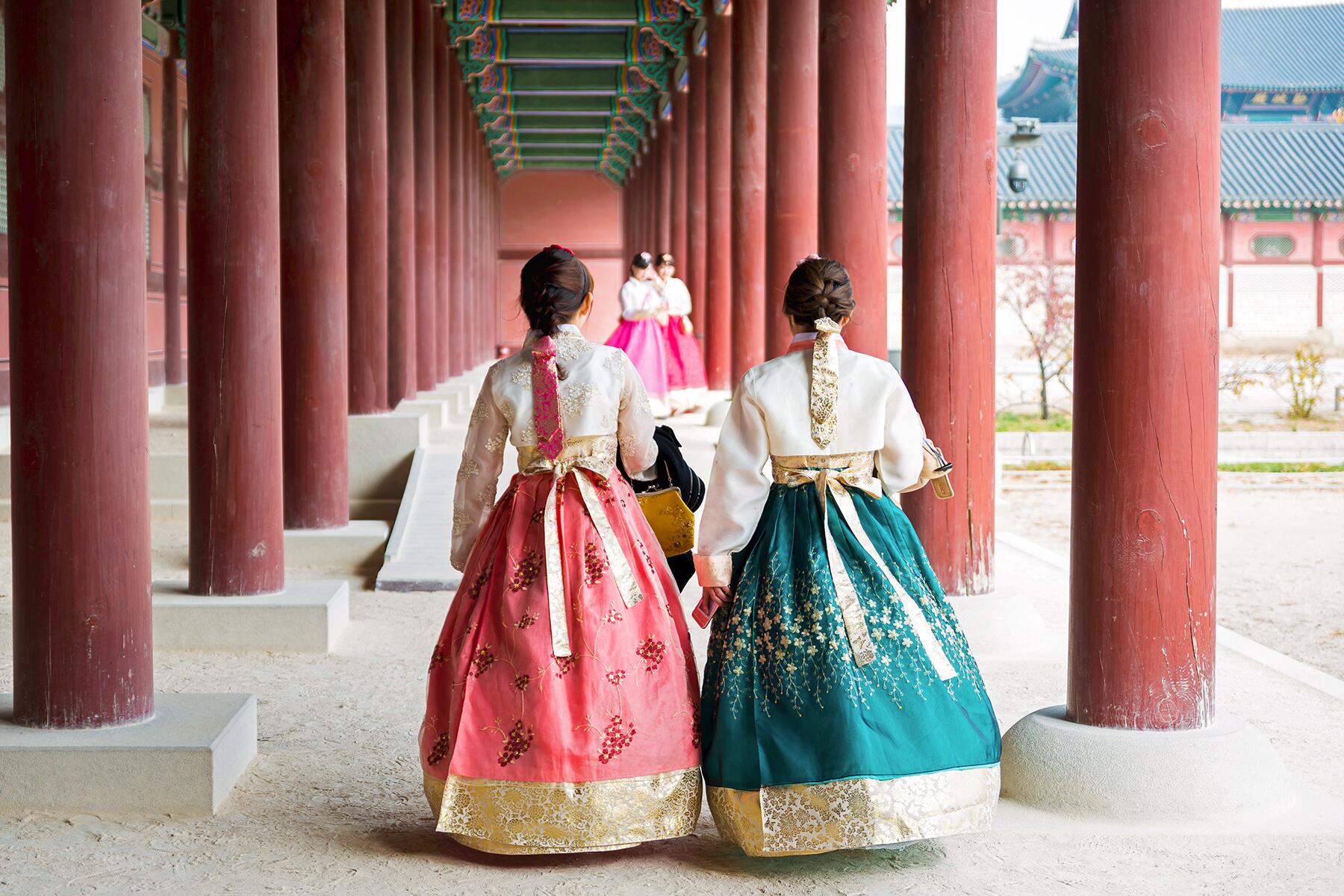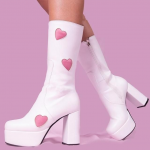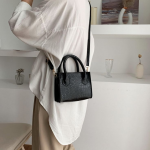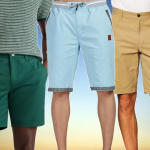
Contrary to common belief, seeing Europe as a single country is inaccurate because it is actually a continent with about 50 states, each with its own history, customs, and, of course, traditional attire. In this post, we’ll look at three traditional pieces of clothing from various European nations to discover where they came from, how they were used in the past, and how they’re worn today.
Ukraine: Vyshyvanka
Vyshyvanka, which literally translates to embroidered shirt, is a traditional piece of clothing from Ukraine worn by both men and women. It is considered to be a very old attire that Slavic people have worn even long before Christianity appeared. Just like the name states, vyshyvanka is an embroidered shirt that comes in a variety of designs and is usually embroidered with lots of colorful ornaments that depict natural elements such as flowers, leaves, or geometrical patterns. Although, like any other traditional piece of clothing, vyshyvanka had a long period of time when it was not worn anymore, these days more and more people tend to wear it, especially after the events of 2014. This blouse became a symbol of freedom and independence for many Ukrainians, and since 2006, it even has its own day, called Vyshyvanka Day, that is celebrated every year every third Thursday of May. It became a popular garment not just for national holidays, but also for other occasions such as September 1st, the first day of school for children, and even on a daily basis.
Ireland: Fisherman sweaters and flat caps
When thinking about Ireland, it is hard to only choose one garment as their traditional one, but fisherman sweaters and Irish flat caps can definitely be called a part of their traditional clothing. For some, these items appear to be too new to be included on our list, but they’ve already made a solid reputation for themselves in Ireland and across the world since their first appearance. They both are traditionally poor people’s clothing worn by the working class. The sweaters were large crew neck garments made of natural, untreated wool from the Aran Islands, where they originated, and they were worn by the fishermen when they went to the sea. What makes them special are their distinctive patterns and stitches. They usually came in a simple cable rope stitch, which resembled the fisherman’s rope and was meant to wish good luck and a large catch at sea, but over time, every clan of the Islands developed their own unique pattern and it is stated that if a fisherman died in the sea, his body could be identified even after a long time thanks to the patterns of his sweater. Flat hats, on the other hand, date back to the 14th century, but were only popularized in the way that we know them right now at the end of the nineteenth century. They were worn first by laborers and then by men of all ages and social statuses. Today, both the fisherman sweater and the flat cap are at their peak popularity because they are beautiful and practical, being worn by not only the Irish, but also many celebrities worldwide. If you are interested in purchasing Irish clothing, make sure to check out online stores, not only conventional ones, as this is the place where you can find more about these garments’ history and purchase some of them at your wish.
Estonia: Rahvariided
Estonia, a Baltic country, has its own traditional costume known as Rahvariided, which is made up of a few elements and is worn by both men and women. The costume originated somewhere between the 11th and the 13th century and it has changed multiple times in order to meet the necessities of the people. For men, it is usually a shirt, pants, and a vammus, which is a type of short jacket made of a durable and sturdy cloth. Women’s costume was composed of the same long shirt, which was sometimes worn during the hot summer days also worn as a dress, a skirt, and other elements such as a shawl and a jacket or dark brown, blue, or gray fabric that was worn on top of the skirt. The colors of the costumes depend on the region, ethnic group, and day of the year, as Estonians tended to wear more colorful, vivid costumes on the holidays and more neutral ones on an everyday basis. Just like the Ukrainian vyshyvanka, the Estonian Rahvariided has had its period of inactivity, but grew in popularity after the events of the Singing Revolution at the end of the Cold War and is now seen as a symbol of independence and freedom and is worn during national holidays.




